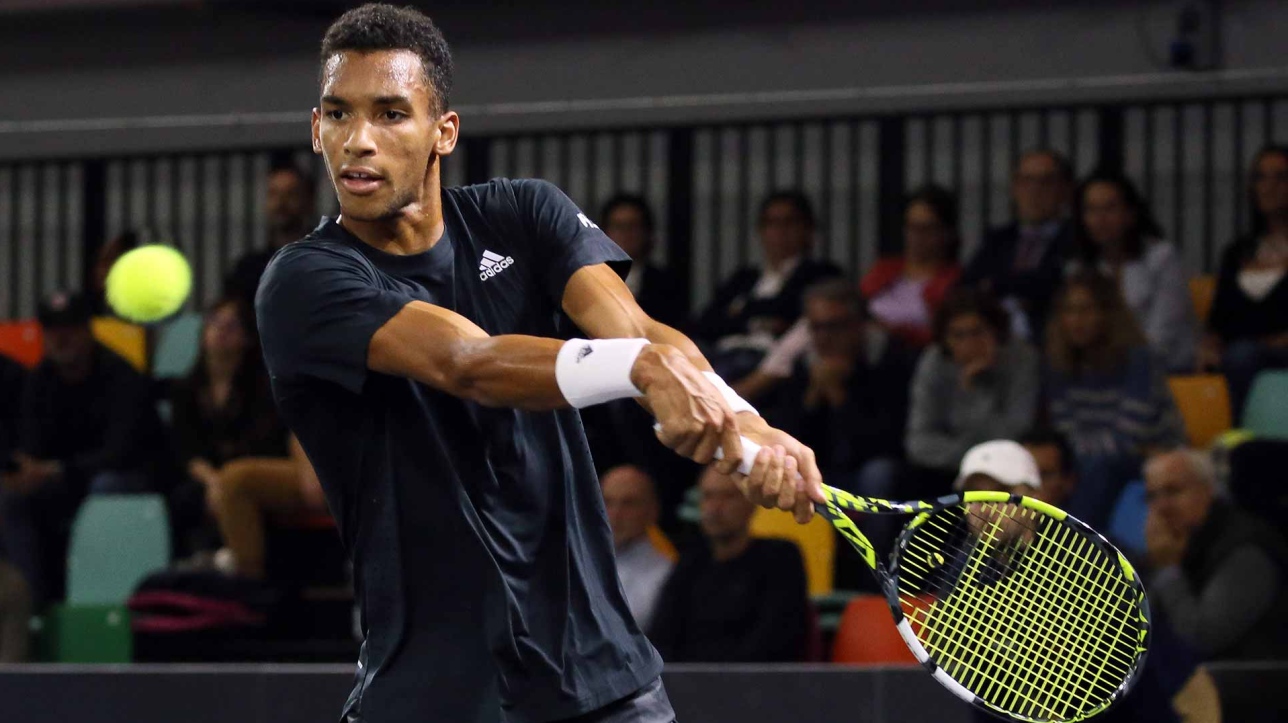Canadian tennis is having a rough go of it, eh? Only a single maple leaf adorns the ATP Top 100. Same goes for the WTA. At number 30 as of this writing, Felix Auger Aliassime has admitted to feeling the pressure to perform. It’s a fair amount of weight to carry the expectations of an entire nation. Likewise, ranked 35 in the world, Leylah Fernandez battles to prove her appearance in the 2021 US Open Final was not a fluke.
Elsewhere the comebacks of Canadians Milos Raonic and Bianca Andreescu have been derailed by cascading injuries. Genie Bouchard is pivoting to pickleball. Vasek Pospisil has taken an activist role in the sport, with his latest cause du jour being the tennis balls themselves.
It’s kind of a hot mess. Or a cold mess.
Just a decade ago, professional tennis in Canada showed so much promise. Here’s a look at the factors contributing to its decline.
Bad Luck
Injuries have become an increasingly meaningful part of professional sports, and Canadian tennis has been nabbed.
Both the power and the grind of the sport are at all-time highs in tennis history, and yet the leaders in tennis refuse to make meaningful calendar reform. That leaves players susceptible to injury, as they push themselves to their absolute limits. Injuries strike every nation, but Canada is particularly vulnerable because it doesn’t have a deep roster of talent.
Which leads to reason number two that tennis in Canada is struggling.
Money
Compared to tennis powerhouses like the United States or European countries, Canada has fewer resources invested in tennis development programs. This includes funding for coaching, facilities, and player support systems.
The big reason: Canada doesn’t have a Grand Slam, and the U.S. does.
According to the financial monitoring website GrowJo.com, Tennis Canada’s current operating income is $93.6 million per year. In stark contrast, the same figure for the United States Tennis Association in 2022 was $529 million. How much of that came from the U.S. Open? A staggering $472 million. That’s a honey deuce and then some.
The yield has payed off in the States: A full ten Americans stand ranked inside the ATP Top 100, with plenty of youth to keep the contingent strong. On the women’s side, it’s an even more impressive 16 women currently in the Top 100, led by superstar Coco Gauff.
Success breeds more success, and money makes more money.
Culture
In the Great North, tennis competes with ice hockey, lacrosse, and other popular sports. The prevalence of these sports can draw potential athletes away from tennis, impacting the talent pool.
To make matters worse, Canada’s vast geography poses challenges for players to connect with high-quality training facilities and coaches. Traveling long distances for competitions and training can be logistically challenging and financially burdensome. It’s not like Spain, France or Italy.
Climate
Finally, the obvious. Canada tennis experiences harsh winters, limiting the time players can spend outdoors practicing and playing. This can hinder skill development and competition readiness.
While Canada allows its citizens to spend as much time outside of the country as they want, that’s not always feasible at the youth and developmental level.
If Canadian tennis truly wants to rev up its operation, it will need to “go all Italy” on the sport. Money, resources and energy. That’s the bottom line. Without those elements, no amount of stylish Lululemon will fix Canada’s tennis woes.















